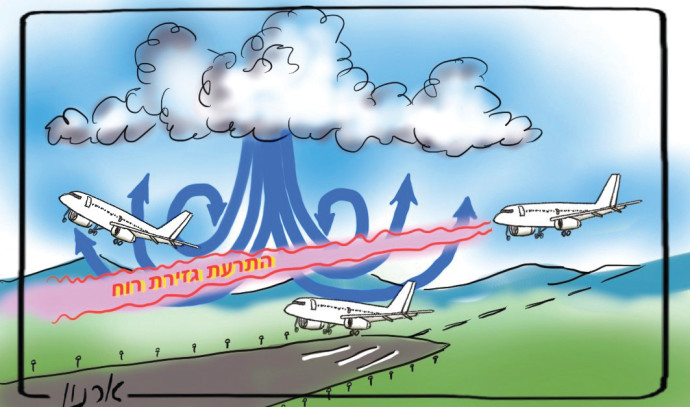When it comes to flying professionals, going around is a term used to describe canceling a landing in its final stages. This decision may be made due to various factors that compromise a safe landing. Flight attendants and pilots are trained to handle such situations, as it may not always be possible to land on the first attempt.
One common reason for going around is wind shear, which was experienced by passengers on United Flight 085 at Newark Airport last Friday. Wind shear is a sudden change in wind stability, strength, and direction in a short period of time. This can make it challenging for the plane to maintain a stable approach for landing. Pilots are trained to recognize and respond to wind shear by taking off again and waiting for the unstable air to pass.
In some cases, crews may need to declare an emergency due to fuel limitations or other safety concerns if they encounter unexpected challenges during landing. This allows them priority and assistance from air traffic control to redirect to a secondary field for landing. While such incidents can be unsettling, they are always investigated to ensure aviation safety standards are maintained.
It’s important for passengers to remember that airplanes and crews are equipped to handle changing conditions. Passengers should always follow crew instructions and fasten seat belts at all times during flights. Despite unexpected challenges, air travel remains a safe mode of transportation when handled professionally and according to safety protocols.



